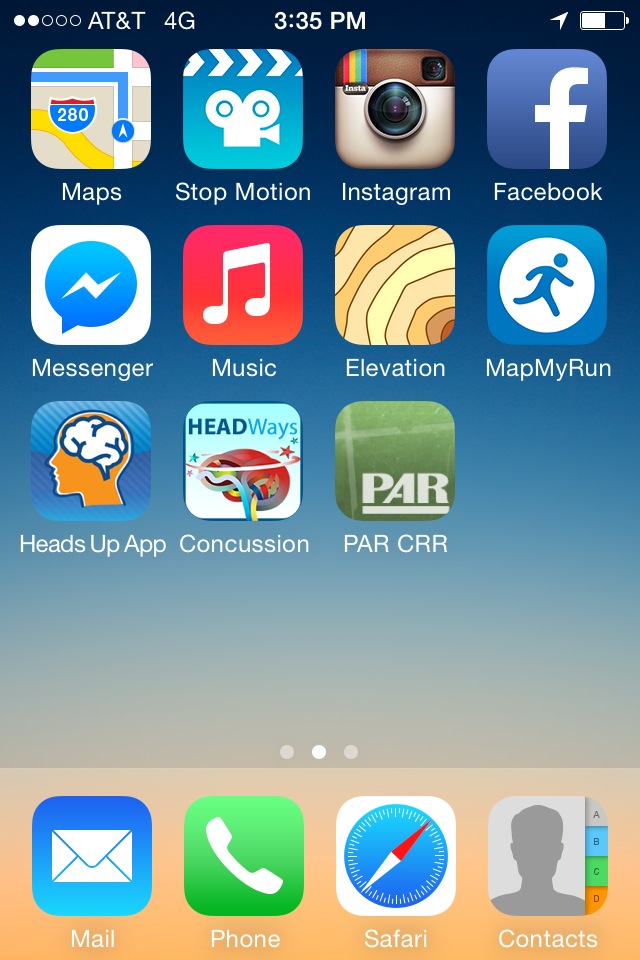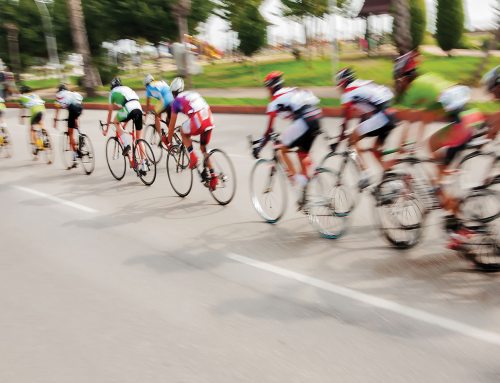By Thomas Henson Jr.
All athletes at every level of expertise are at risk of a concussion. That includes pros, weekend warriors, gym rats, and kids. Of course, some sports are more likely to cause head injuries than others. Football, soccer, and cheerleading are all team sports that put athletes at high risk. In my profession as an attorney, I see too many people with brain injury—including concussion—among bicyclists. My 11-year-old son, Alex, plays several sports, but excels at tae kwon do, where he earned a black belt two years ago. The possibility that he’ll get a concussion from an errant blow to the head is always on my mind.
Never “Just” a Concussion
Despite new research about the long-term effects of concussions, many people still tend to regard concussion almost as a rite of passage for young athletes, a sign that you play hard and aren’t afraid to get hurt. They talk about “getting your bell rung” or “seeing stars.” Almost sounds fun, right? The doctors I work with tell me that they wish we’d dispense with the metaphors and call concussion by its rightful name: mild traumatic brain injury (MTBI).
MTBI can happen anytime there is a blow to the head, causing a jarring or shaking that disturbs brain function. It can do real damage, including “shearing,” when delicate brain cells are actually broken apart. A single concussion has the potential to cause significant and lasting brain damage, but if a second hit happens before the brain has a chance to heal, the damage is exponentially worse. Athletes who go back to their sport too soon after a concussion are at risk for second impact syndrome, which can cause rapid brain swelling and death; and multiple concussions can lead to a disorder called chronic traumatic encephalopathy (CTE), which causes symptoms similar to Alzheimer’s disease, including memory impairment, emotional instability, dementia, brain degeneration, and death.
Immediate diagnosis and treatment are crucial for anyone with a concussion. These apps are trying to help make that happen for everyone.
Concussion Apps
Dozens of concussion applications have been developed over the past few years, but only a handful have survived. The three apps listed here are the best of what’s left in three main categories: assessment, information, and self-management. All are available free of charge for Android, iPad, iPhone, and iPod Touch.
NOTE: When in doubt, call 911. An app should never replace caution and common sense.
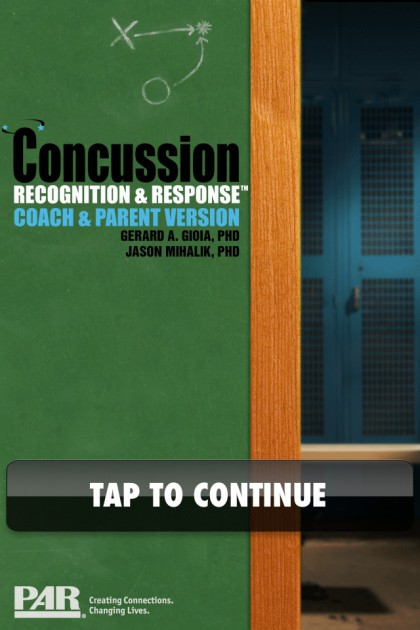
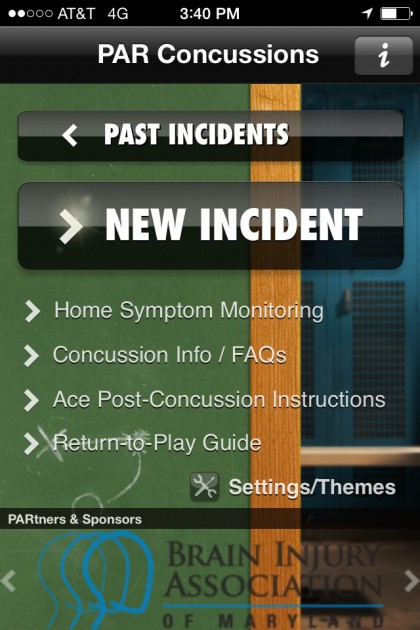
Concussion Recognition and Response
The PAR Concussion Recognition & Response (CRR) gives real-time advice about recognizing and treating concussion. It was developed by two experts with ties to the University of North Carolina at Chapel Hill, Jason Mihalik, Ph.D., and Gerard Gioia, Ph.D.
You start by touching the menu item called “New Incident,” which walks you through a series of assessment screens, followed by a list of criteria to help you decide whether to treat a head injury as an emergency, questions to ask a child who experienced a head injury, and frequently asked questions. Finally, the app tells you whether a concussion is likely, what led to that assessment, and what you should do about it. Should you need to seek medical attention, the app provides a summary of all the information you input to share with a doctor or EMS worker, either in person or by email.
I have this app on my phone in the event that there’s a cycling accident, or in case I’m at one of my son’s events and there’s a head injury. I’m thankful that I have not needed used it, but I’m glad to have this safety tool always close by.
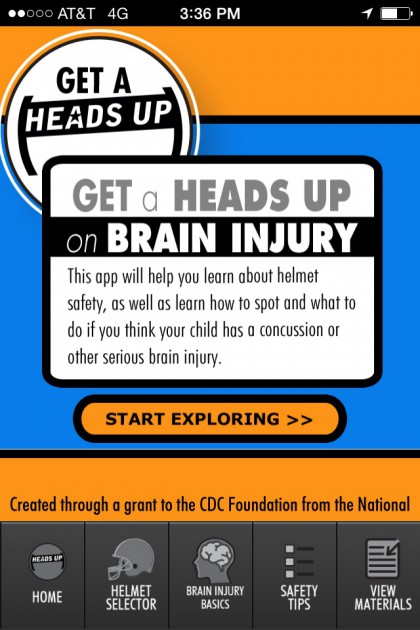
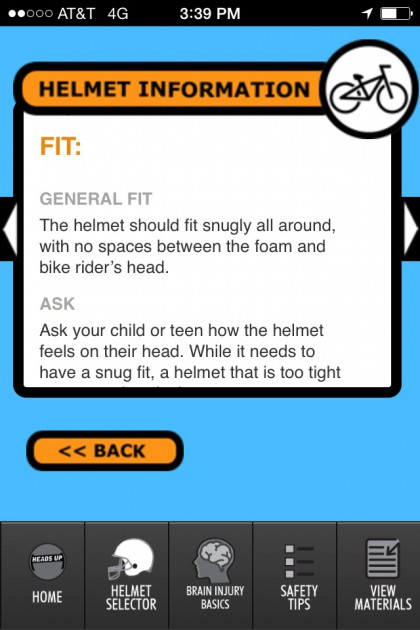
This app, designed by the Centers for Disease Control and Prevention, has two main goals: to help everyone learn about helmet safety and to teach folks how to spot a concussion and make appropriate decisions about what to do. It is an information-based app, with very few interactive features. But it does have solid info about helmets (talking about size, fit, and care for helmets in 11 different sports) as well as concussion signs and symptoms, parent or coach response to an injury, danger signs, and more.
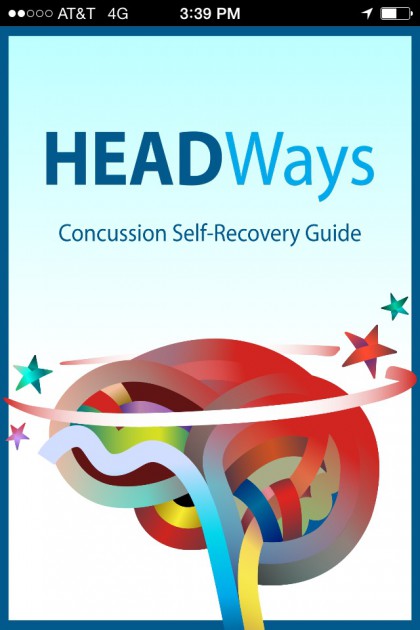
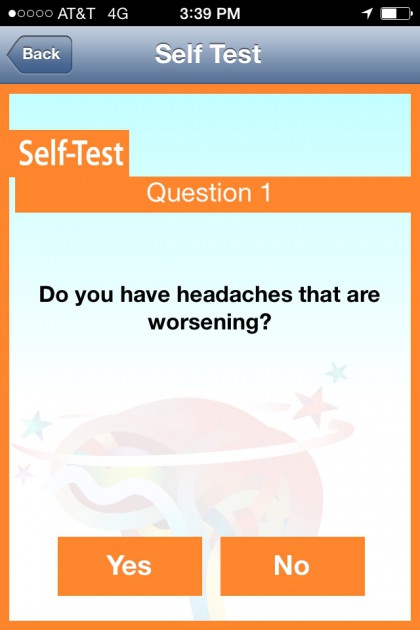
This app is different from the others in that it was developed as a self-management tool for use by individuals with a concussion. It starts with a self-test that helps define the nature of your health problem. Based on the answers you give, you may be directed to immediately seek help from a physician. Then, the app provides basic concussion information, information about ways to manage your symptoms, a plan for a gradual return to activity, and additional resources.
The information is thorough, and can help you in that phase after diagnosis but before recovery, when you might be most in need of guidance.
# # #
Thomas Henson Jr. is an avid cyclist, and finds much happiness in bike rides with his family and friends. He leads the complex injury litigation department of HensonFuerst Attorneys. He can be contacted at ThomasHenson@lawmed.com.


